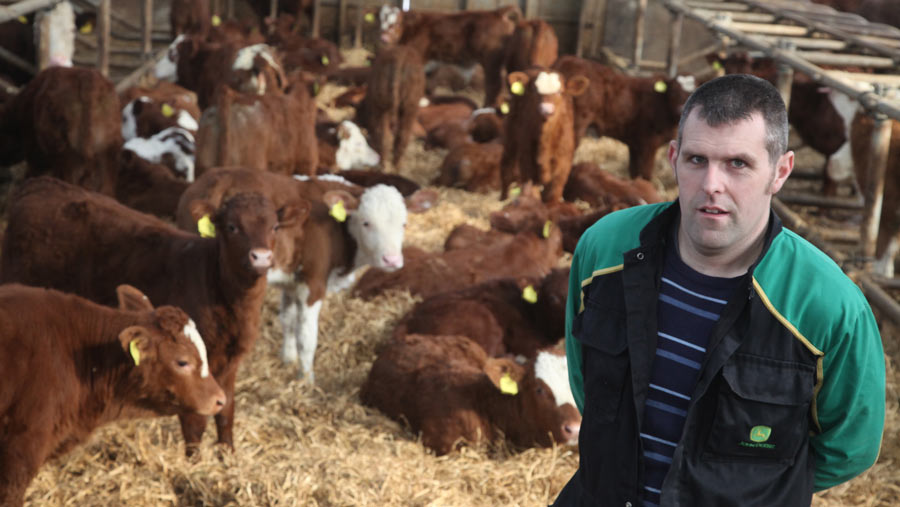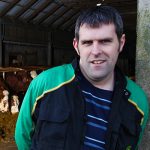Farmer Focus: Land sale decision made using 80:20 rule
 © Ken Amer
© Ken Amer As I start to write this, we are in Peterhead, en route to the Stirling Bull Sales. We left early, while the boats were still sailing, before Storm Babet got going.
Living on islands, we are used to seeing the wind and the waves, but the conditions along the east coast these past couple of days have been brutal.
See also: Private farmland sales: What buyers should consider
I have been very fortunate to have met so many people throughout my life, and I have heard many stories and some great quotes.
One piece of advice I was given years ago, which I have always remembered, was: “In business, you need to be careful you don’t spend 80% of your time doing something which is only 20% of your income.”
Over the summer, we have taken two decisions with that in mind. First, son Glen and I decided to call it a day on our small, free-range egg business.
Our second decision was a bigger deal, and one which I had never thought I would be making so soon, if ever. We decided to sell a 34ha (85-acre) block of land eight miles from home.
It came about because back in June, grass growth was good and got ahead of the cows.
As a result, I asked the rest of the family which of them fancied having more sheep, because we were needing to double numbers to properly manage the land we had.
Three out of five family members were very clear they didn’t want more sheep. Selling that block of land was the next most sensible option.
We sold most of our lambs in late September to average £86 – mostly stores, with a few prime.
This was a few pounds up on the year, which is very welcome, but it’s the number of lambs to sell this year that has made the biggest difference.
We finished off rearing 185% from the 154 ewes that went to the tup. That’s 40 more than last year, from 159 ewes. It’s safe to say that the extra feed and vaccines have more than paid for themselves.
Wool on the fences is the next most annoying thing about sheep, so they have all been dipped this autumn for the first time. Fingers crossed it’s as successful as the other changes we have made.

